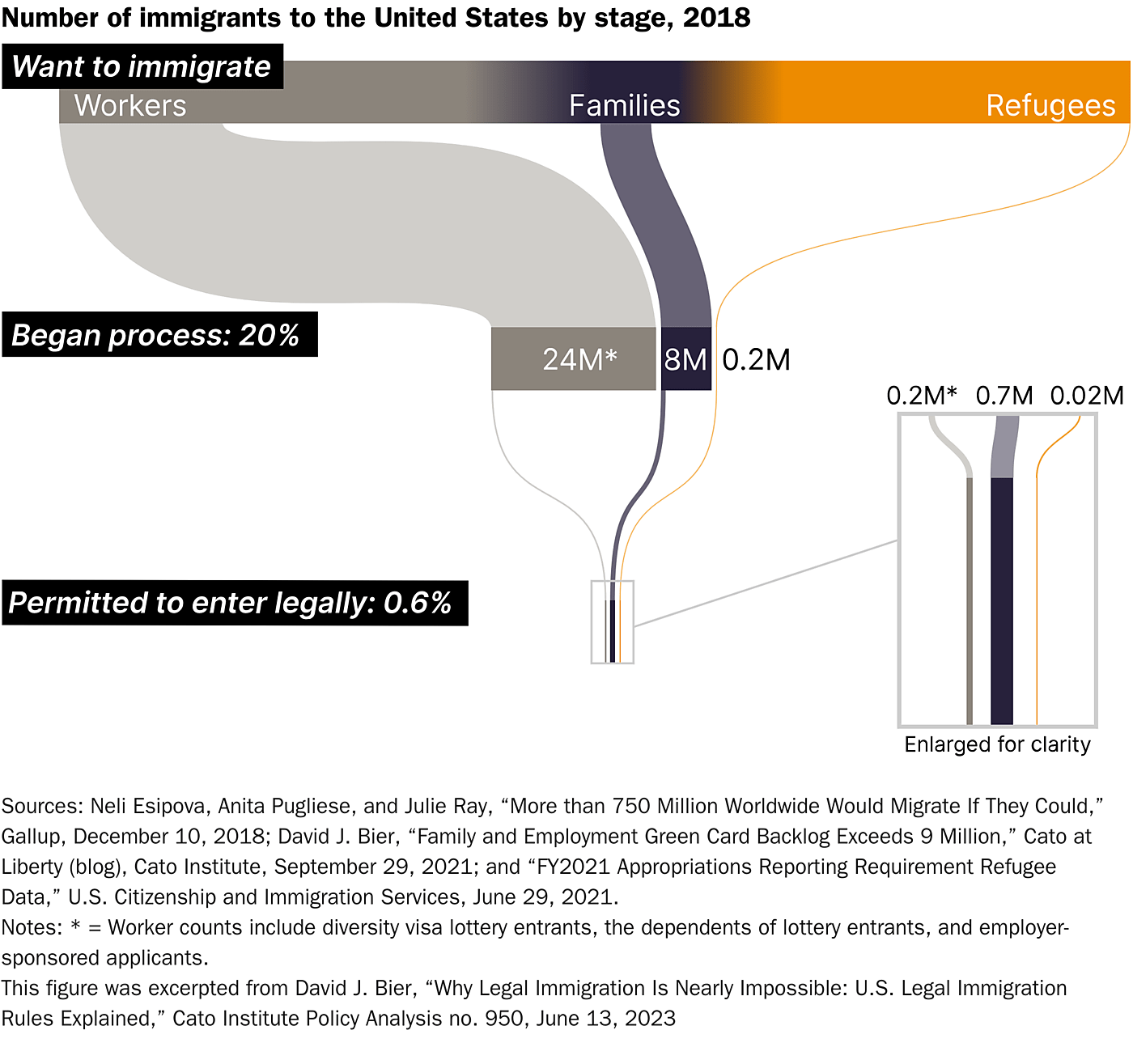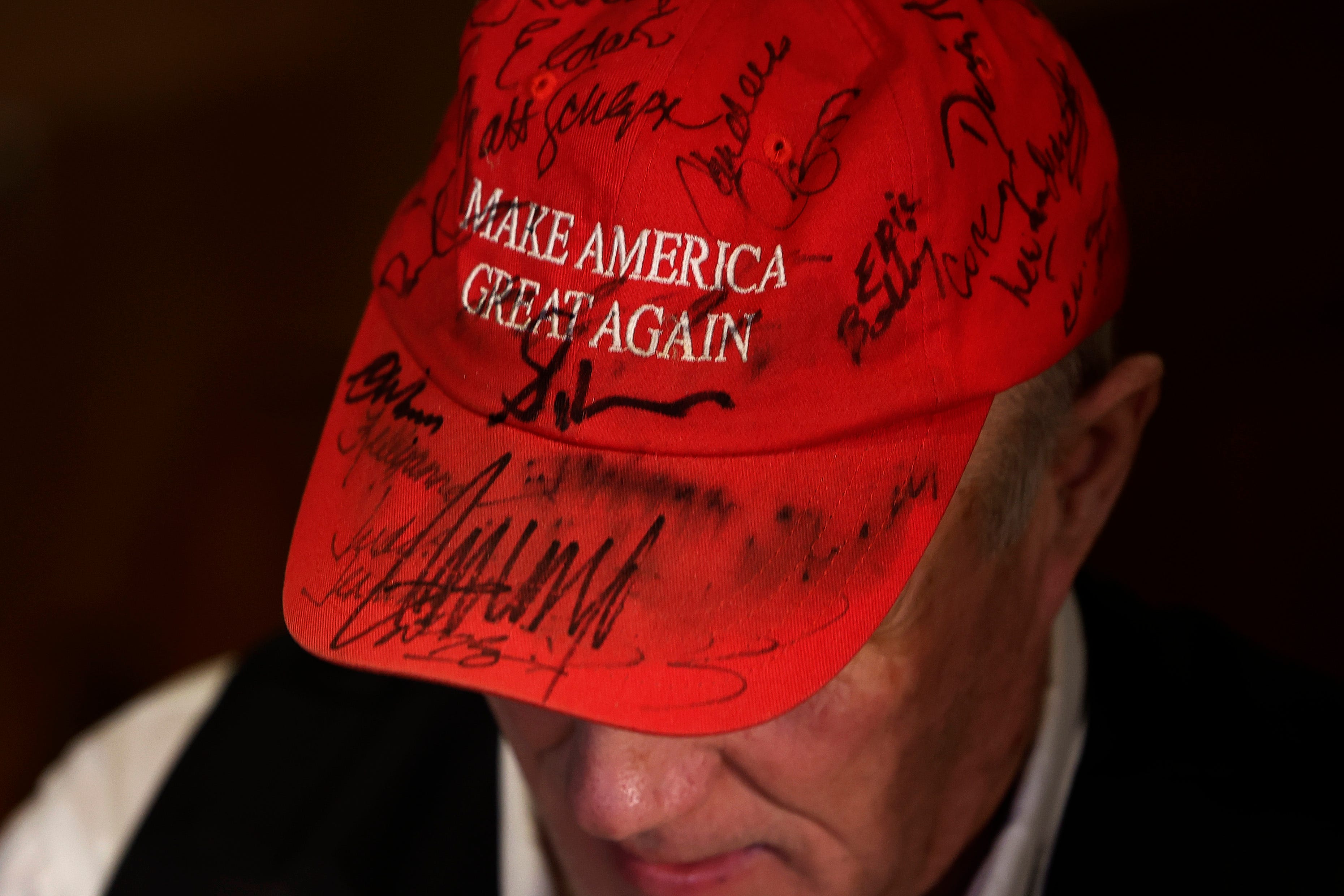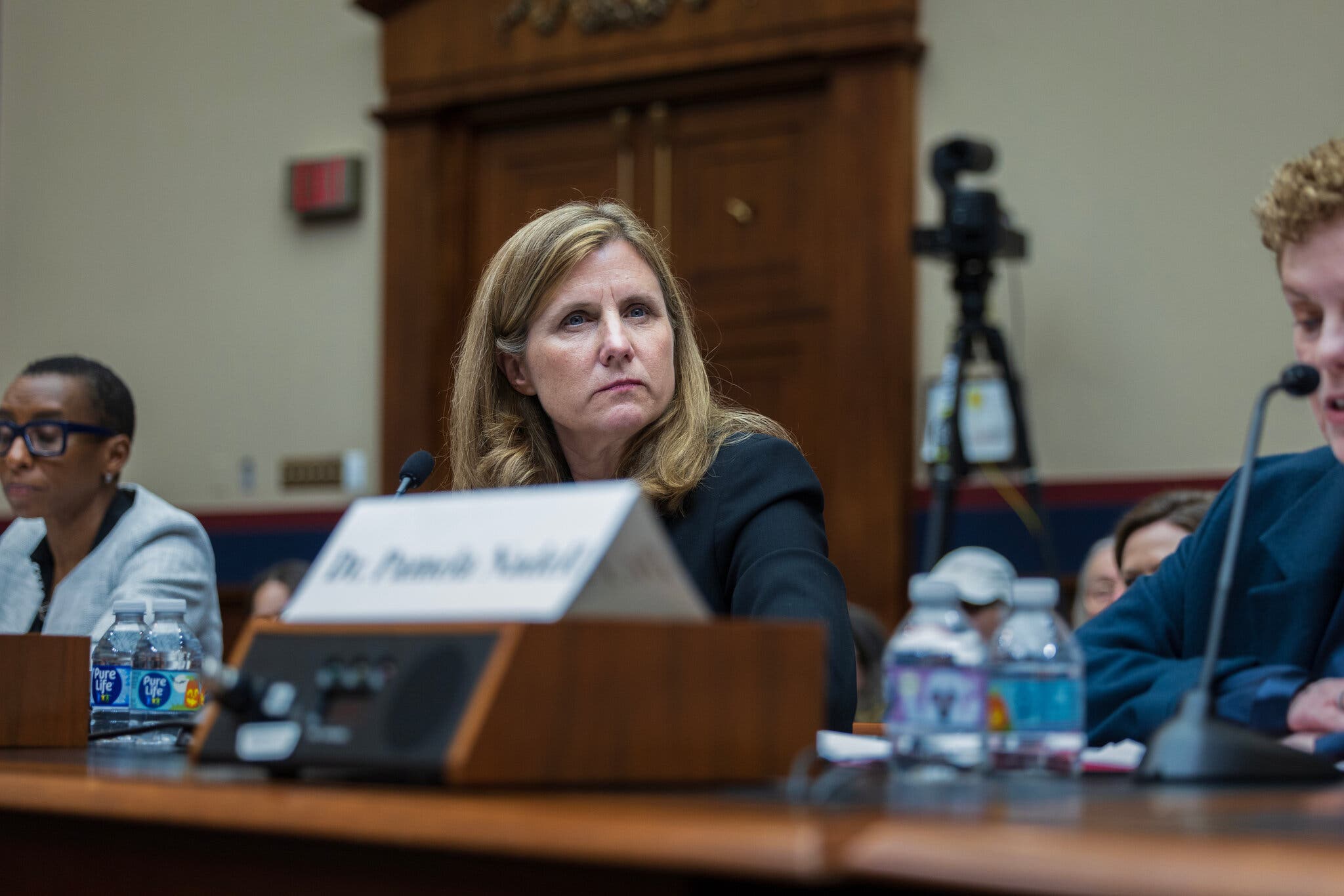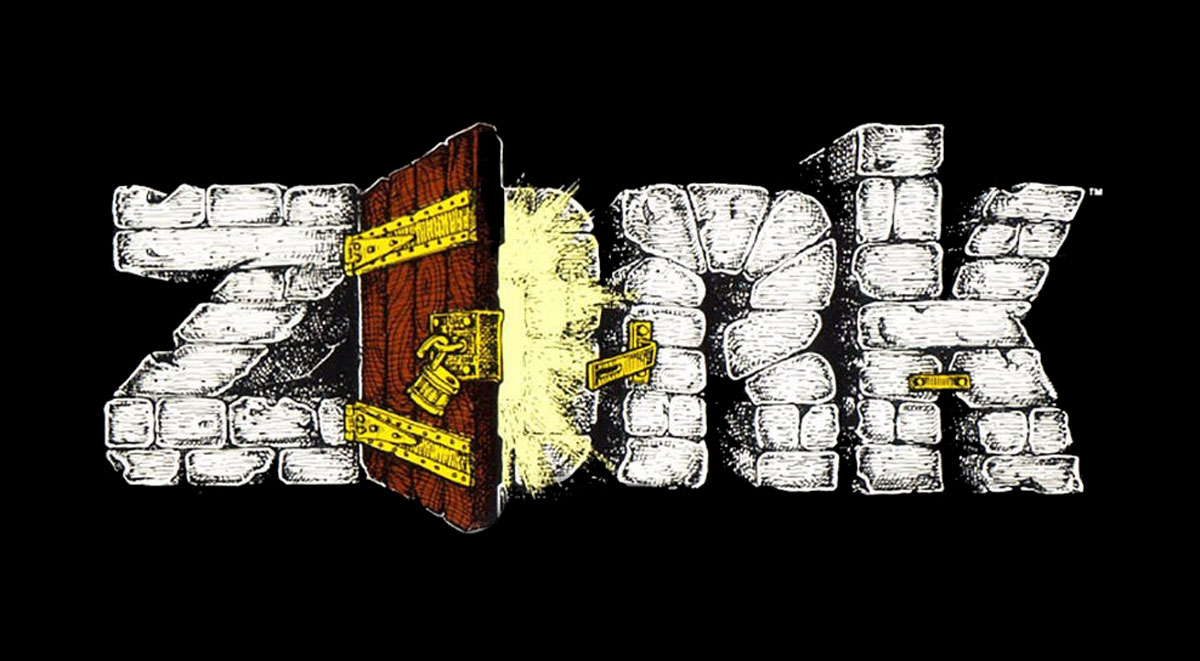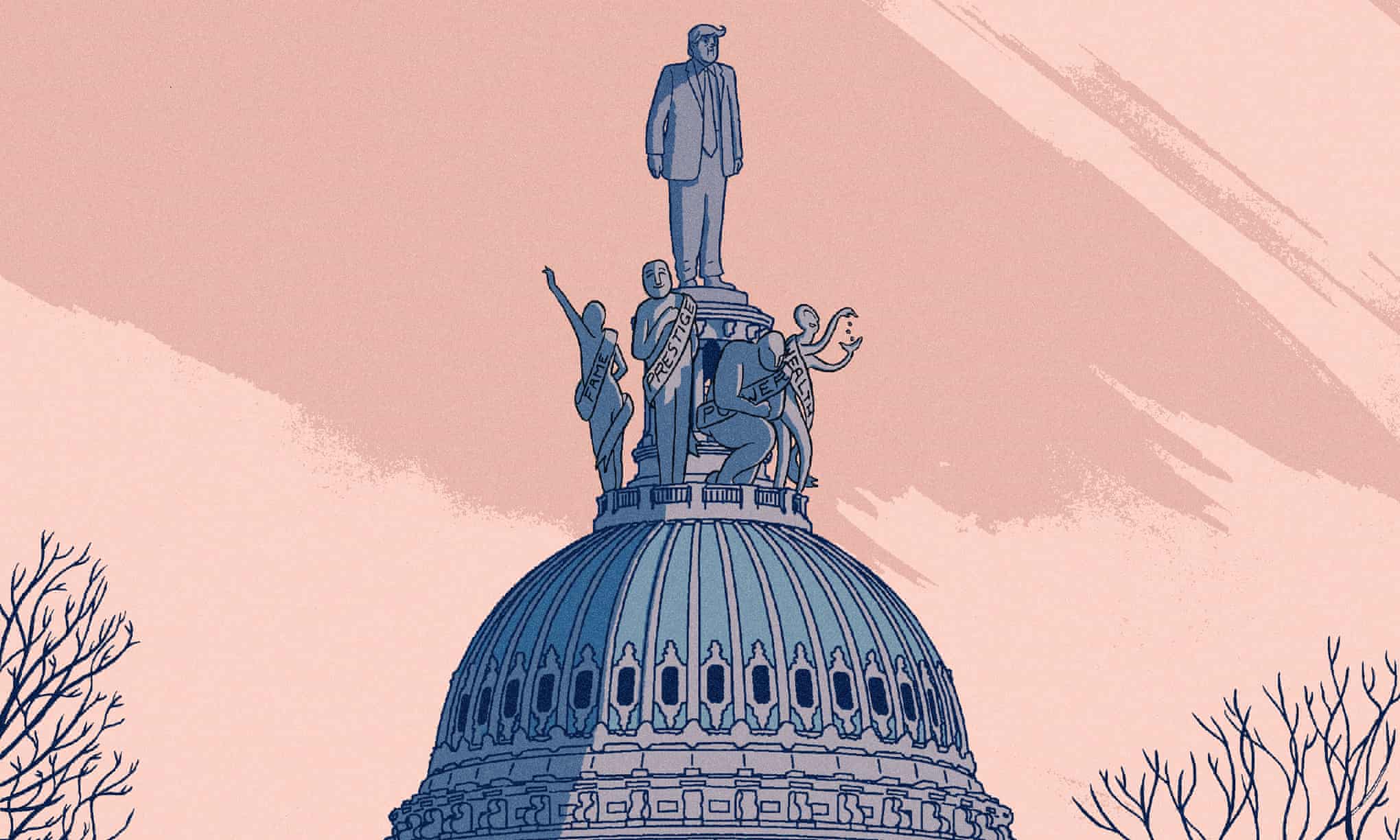
Donald Trump has been legally determined to be a rapist, accused of paying hush money to a porn star and is facing 91 felony charges across four criminal cases. In any other election, a candidate with such legal issues would have been swiftly removed from consideration. Trump ,despite these allegations and legal troubles, how can still be a leading GOP candidate?
George Monbiot on an opinon piece for The Gaurdian:
But the shift goes deeper than politics. For well over a century, the US, more than most nations, has worshipped extrinsic values: the American dream is a dream of acquiring wealth, spending it conspicuously and escaping the constraints of other people’s needs and demands. It is accompanied, in politics and in popular culture, by toxic myths about failure and success: wealth is the goal, regardless of how it is acquired. The ubiquity of advertising, the commercialisation of society and the rise of consumerism, alongside the media’s obsession with fame and fashion, reinforce this story. The marketing of insecurity, especially about physical appearance, and the manufacture of unfulfilled wants, dig holes in our psyches that we might try to fill with money, fame or power. For decades, the dominant cultural themes in the US – and in many other nations – have functioned as an almost perfect incubator of extrinsic values.
[…]
When a society valorises status, money, power and dominance, it is bound to generate frustration. It is mathematically impossible for everyone to be number one. The more the economic elites grab, the more everyone else must lose. Someone must be blamed for the ensuing disappointment. In a culture that worships winners, it can’t be them. It must be those evil people pursuing a kinder world, in which wealth is distributed, no one is forgotten and communities and the living planet are protected. Those who have developed a strong set of extrinsic values will vote for the person who represents them, the person who has what they want. Trump. And where the US goes, the rest of us follow.

